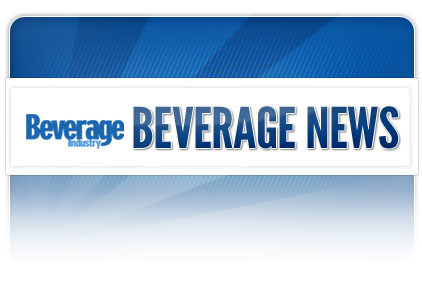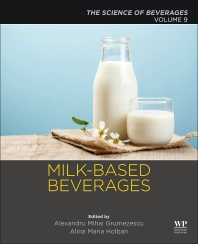IRI posts new strategies for national, private-label brand growth
National brands showing momentum in drug stores; private label standing out in mass/supercenter channel

During the recession, private-label products enjoyed increasing popularity as consumers looked for new ways to save on everyday purchases during the economic downturn. In fact, U.S. consumers spent $120 billion on private-label products during the past year, marking a year-over-year increase of 2.1 percent, according to Chicago-based Information Resources Inc. (IRI). However, this growth now seems to be leveling off, and this small uptick was largely driven by price increases, it reports. The market research firm is offering some tips to consumer packaged goods (CPG) marketers for national and private-label brands alike about how they can drive growth by making the shopper journey more simple, convenient and affordable through its latest Times & Trends report, “Private Label and National Brands: Dialing In on Core Shoppers.”
“Shoppers have endless choices today, which makes purchasing decisions much more complex,” said Susan Viamari, editor of Thought Leadership at IRI, in a statement. “Having both national and private-label brands on retail shelves is critical to creating a solid value proposition, so the challenge for marketers now is to figure out how to tailor their assortments with highly targeted products and marketing programs that keep value and affordability in the crosshairs. Cracking the code will allow marketers to increase sales and strengthen customer loyalty in 2015 and beyond.”
Consumers are continuing to base brand selections on affordability, with one-third of shoppers consciously seeking out private-label products to save money, IRI reports. However, value does not necessarily mean “the lowest price,” and affordability means something different to each unique shopper, it notes. The task for CPG marketers is to maintain a clear vision of how their most promising consumers and shoppers are defining affordability at each moment of purchase, it advises.
Channel niches
National brands are managing to provide value, capturing 0.2 dollar share points in the drug channel during the past year and stealing some of that share from private label, which dropped to 16.6 percent in the channel, IRI reports. National brand innovation has been strong in beauty, a key drug channel department, as manufacturers work to deliver products that make beauty more affordable to all, it notes. National brands also captured sizeable share in vitamins, with new forms and targeted formulations receiving heavy new product development focus and strong consumer support, it adds.
By comparison, private label is strong in the mass merchandise/supercenter channel, with innovation and growing assortment supporting its momentum, IRI reports. These efforts are creating momentum across departments, with private-label frozen departments reporting increases of 5.3 unit share points, refrigerated reporting increases of 1.8 unit share points, and general food reporting increases of 1.2 unit share points, it states. Target Corp., Minneapolis, for instance, has been adding assortment to its upscale beauty selection and is looking to solidify its status as a one-stop shop, providing a broader selection of dry, dairy and frozen foods, it notes.
Innovate outside the box
One strategy for building penetration is to fracture concentration. Today, the Top 50 CPG categories account for 64 percent of overall CPG dollar sales, IRI reports. The private-label sector is slightly more concentrated, with the 50 largest categories capturing 67 percent of total private-label sales, it says. CPG marketers can fracture concentration and reap sizeable revenue rewards with outside-the-box product launches that allow them to compete in new categories, it suggests. Procter & Gamble, Cincinnati, for instance, gained 30 share points in the sleep remedies category, worth more than $120 million, during the first year ZzzQuil was on the shelf.
Private-label manufacturers also are exploring new aisles and categories. For example, TreeHouse Foods Inc., Oak Brook, Ill., is zeroing in on opportunities around snacking and healthy eating with the acquisition of Flagstone Foods, a Saint Paul, Minn.-based manufacturer of private-label healthy snacks, such as trail mixes and dried fruits, IRI reports.
It also is important to note that consumers turn to different channels for different CPG purchases, IRI says. In addition, the choices they make can be unexpected, particularly given the speed with which channel blurring is taking place, the market research firm adds. Given the complexity of managing private-label offerings across multiple categories, retailers must be adept at understanding what key categories will resonate with their target shoppers, it advises.
“To ensure the right products are on the right shelves at the right time, CPG marketers must invest to understand shopping behaviors and key influencers of those behaviors at a very individual level and across CPG channels,” Viamari said in a statement. “Retailers and manufacturers must participate in joint business planning to establish an optimal mix of categories, brands, pack sizes and price points within each unique marketplace.”
Looking for a reprint of this article?
From high-res PDFs to custom plaques, order your copy today!








